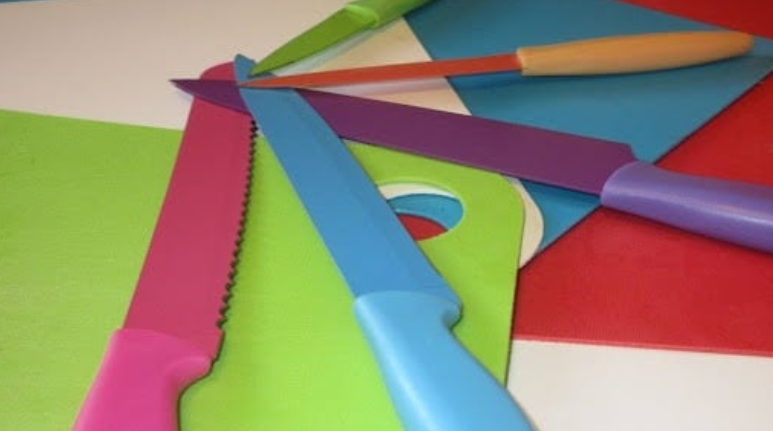I’ve spent countless hours in the kitchen, experimenting with a myriad of cooking utensils. One type that’s sparked my interest recently is plastic cooking utensils. They’re lightweight, affordable, and come in an array of vibrant colors that can brighten up any kitchen. But are they as good as they seem?
Comparing Plastic to Other Materials
Delving into the comparison of plastic utensils versus those from other materials, I find it vital to highlight some of the main comparisons. Stacking up against metals like stainless steel, cast iron, and copper, plastic utensils have a lighter weight. A large set of plastic spoons and spatulas, for instance, won’t weigh down a kitchen drawer like metal equivalents would.
Moreover, price differences become clear when comparing plastic and other materials. Plastic utensils generally are cheaper than utensils made from stainless steel, copper, or ceramics. For those limited on budget, plastic offers an affordable choice.
Additionally, durability comparisons reveal variations. While plastic utensils might require replacement after snagging scratches or nicks, metal utensils tend to stay intact even after years of use.
Care for utensils also factors into these comparisons. Unlike cast iron which demands specific upkeep to prevent rusting, plastic utensils are often dishwasher-safe, simplifying the post-cooking cleanup.
Plastic cooking utensils
Exploring plastic utensils’ features, they exhibit a less-heated reaction, indicating a safer use on non-stick pans. Heat can deform plastic, hence a maximum temperature threshold of around 410 degrees Fahrenheit exists for their usage. Going past this limit might lead to utensil warping or even melting, creating a potential hazard. By contrast, metal utensils bear high heat with no deformation, but withstand their risks on non-stick surfaces.
Looking at hygiene, plastic utensils attract discussion. They’re dishwasher-safe and easily cleaned, but scratches on their surface can harbor bacteria. It’s not a significant issue provided they’re maintained well. Ceramic and metal utensils also share this scratch problem, yet metal ones pose risks of rust. Wood utensils, on the other hand, are known to absorb bacteria, needing specific care to prevent bacterial growth.
As for aesthetics, plentiful colors and designs make plastic utensils delightful kitchen additions. They’re far from the traditional appearance of metal, wood, or ceramic utensils. Ultimately, preference in aesthetics comes labeled as subjective – some adore variety and life of plastic, others prefer the classic elegance of other materials.
Health and Environmental Concerns
Diving deeper into plastic cooking utensils, it’s evident that health and environmental concerns take center stage. Plastic utensils, favored for their affordability and variety, divulge a darker aspect related to health concerns and environmental damage.
Relating to health, there’s the risk of chemical leaching — particularly when used under high temperatures. Plastics, especially those of low-quality types, may release harmful toxins like Bisphenol A (BPA) when heated. An authoritative source cites that exposure to such chemicals can lead to health problems including hormonal disruptions and increased cancer risk.
Plastics also pose a threat to marine life. A report from the United Nations Environment Program notes the dangers of plastic waste to marine species. Such waste often ends up in oceans, with sea creatures mistaking it for food — resulting in injury and sometimes death.
Features to Look For
So, we’ve taken a deep dive into the world of plastic cooking utensils. They’re lightweight, affordable, and come in a rainbow of fun colors. High heat can make them a less-than-ideal choice for some cooking tasks, and over time, they can harbor bacteria in their scratches. Plus, there’s the not-so-small matter of their impact on our environment. They’re tough to recycle and can contribute to pollution, particularly in our oceans. I’m not saying you need to ditch your plastic spatulas and spoons right away, but it’s worth considering the bigger picture next time you’re shopping for kitchen gear. Look for utensils that balance functionality, aesthetics, and sustainability. In the end, it’s about making choices that are good for both your kitchen and our planet.

